|
.jpg)
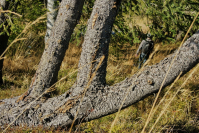
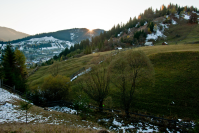
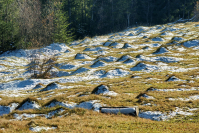
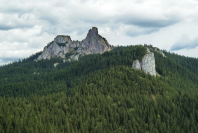
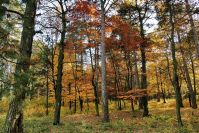
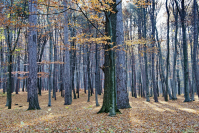
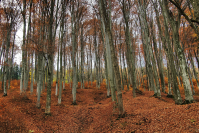

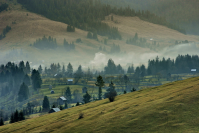
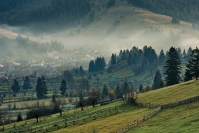

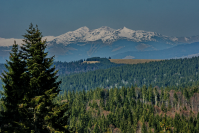
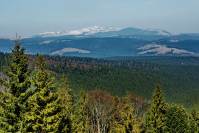

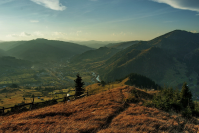
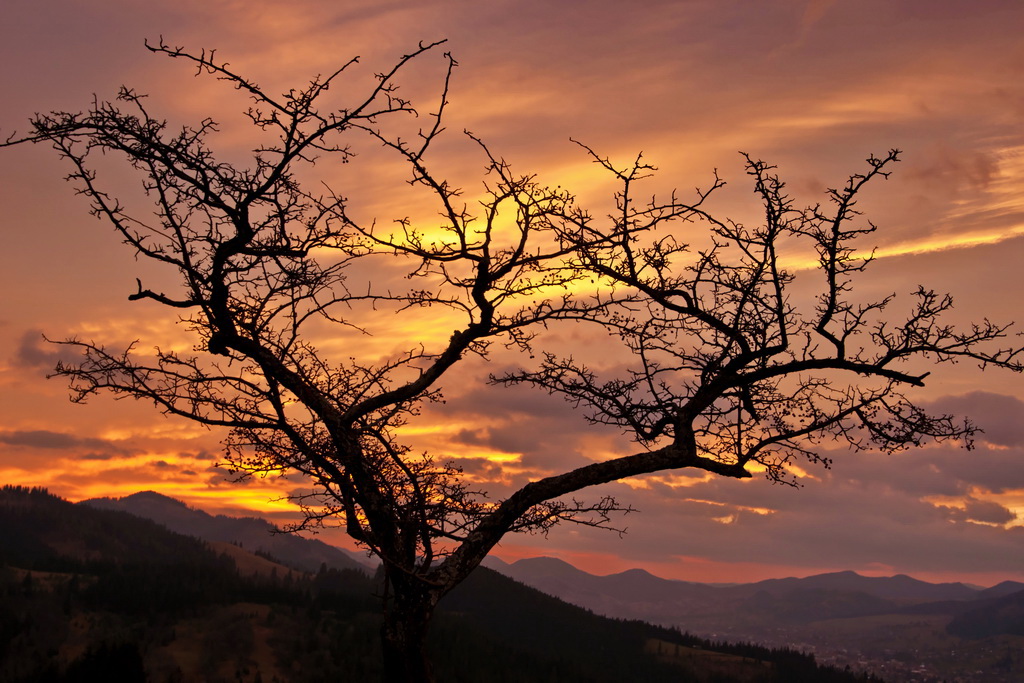
|
 BUCOVINA - SHORT DETAILS... BUCOVINA - SHORT DETAILS...
|
Wellcome...
Bukovina: From 1775 to 1918, the easternmost crown land of the Austrian Empire; now divided between Romania and Ukraine. As a multi-ethnic province, its name has several spellings: Bukowina or Buchenland in German, Bukowina in Polish, Bucovina in Romanian, and Bukovyna in Ukrainian, all of which mean Land of Beech Trees . The Bukovina Society of the Americas welcomes everyone with interest in the history and culture of this land.
A short history of Bukovina
Bukovina, on the eastern slopes of the Carpathian mountains, was once the heart of the Romanian Principality of Moldavia, with the city of Suceava being made its capital in 1388. In the 15th and 16th centuries, the Painted Monasteries of Arbora, Dragomirna, Humor, Moldovita, Putna, Sucevita, and Voronet were constructed under the patronage of Stefan the Great and his son Petru Rares. With their famous exterior frescoes, these monasteries remain some of the greatest cultural treasures of Romania, today.
Along with the rest of Romania, Bukovina fell under the control of the Ottoman Turks. It remained in Turkish control until it was occupied by the Russians, in 1769, then by the Austrians, in 1774. With the Treaty of Constantinople in 1775, control of Bukovina was given to the Austrian Empire. Administered as a district of the province of Galicia between 1786-1849, Bukovina was granted the status of an separate crown land and duchy in 1849. When the Austrian Empire was reorganized into the Dual Monarchy of Austria-Hungary, in the Compromise of 1867, Bukovina, like Galicia, remained under Austrian administration, while the neighboring province of Transylvania was placed under Hungarian rule.
During World War I, Bukovina became a battlefield between Austrian and Russian troops. Although the Russians were finally driven out in 1917, Austria would lose Bukovina with the war, ceding the province to Romania in the Treaty of St. Germain.
On June 28, 1940, northern Bukovina was occupied by troops from the Soviet Union. It would change hands again during the course of World War II, but this half of Bukovina ended back in Soviet hands, and is today the Chernivetska oblast of Ukraine. Southern Bukovina is now part of Suceava county, Romania .
|
Voronet,Arbore,Humor, Moldovita and Sucevita monasteries are representative for Europe for their unicity, beeing included by UNESCO in the patrimony of the universal art. In XVIth century , when the pression of the Turkish armies on Moldavia was maxime and the Hungaryans were trying , on Pope's request , to impose the Catholic religion to the Romanian people, the local artists had disovered the most simple and direct way to transmite to the contemporary people and to the next generation too, the essence of an old tradition .They succeded in only 20 years to cover the walls of those five churches with a veritable "illustrative Bible". The age when Michelangelo had apreciated that the "frescos were the most difficult and audacious pictures", Moldavian painters created masterpieces who could be compared with those in Europe. Above all this , their frescos are hiding meanings that hasn't been yet disovered. One of this secrets ,unknown by the painters and modern chemists is the resistence in time of the colors .Sugested by the chromatic in Bucovina (the blue-sky, yellow , violet , five nuances of green)- the colors naissance -colors who are very famous in the hall world-continue to be a mistery. A doument since the age of Stefan cel Mare(Stephan the Great)attest the big number of casks with a drink called tuica, sent constantly to the painters. But they couldn't drink that much and they hadn't time to start a bussines with drinks either.And because of the big quantity of tuica , there was a rumour that the drink was used in the combination of the colors and in painting the walls.
Another characteristic comun to these five monumentes is that the biblical characters are dressed like local peoplea and they do the same works, althought there were strict rules about the religious tradition. |
Voronet Church - raised up in only three months and a half, in 1448;it was named by the specialists "Sixtine Chapel in north of Romania ".The unic Voronet blue , as famous as the "rose of Tizian"and the "green of Veronese" is a continous enigma.The colour composition which freshness and shining are out of comun , its secret dissapered with the author.
Sucevita Churh - built four centuries ago , by princely order , as a small fortress where the barbarians couldn't enter .Sucevita Monastery , with its walls and towers , with the church and big number of paintings who covver the exterior walls , is one of the masterpieces in Bucovina and of the medieval art in Moldavia. The legende says that , to motivate the absence of the paintings from one of the walls, one of the painters died in that place , under the slabs who cracked and broukedown.
Sucevita Monastery is representative for its groupe of paintings who represent by the specialist Paul Henry, the legacy of classic artin Moldavia.Monument of the second half of XVIth century , the monastery's church represent the last fase of the arhitectural devellopement in the Medieval age and that of the traditional style in Moldavia.
In the complexity of its omponents , the church , built between 1582-1584 by the order of Gheorghe and Ieremia Movila(first mithropolit), is one of the most visited touristic objective in north of Moldavia.It keeps fresh the original glory of the arhitectural forms in that age.Situated in the mountains , Sucevita has in its neighbourhoods valuable churches and monasteries: Putna, Moldovita , Humor and Dragomirna .
• 39 km to Vatra Dornei D.N.17;
• 35 km to Gura HumoruluiD.N.17 (E 576);
• 75 km to Radauti D.N.17, D.N.17A;
• 65 km to Suceava D.N.17, E 576;
• 236 km to Cluj Napoca D.N.17(E576), D.N.1C(E576);
• 203 km to Iasi D.N.17(E576), E 85, D.N. 28A;
The beauty of this place, the elegance of the hotel, the quality of services, the diverse possibilities to spend your spare time situates this hotel on top of the preferences of tourists, full of profound and vivid admiration for the traditional Bucovina , to spend an unforgettable holiday here, where the nature seems still untouched, where people are warm and welcoming, where the forests are still populated with brown bears and foxes-Bucovina - "The place of one thousand monasteries".
Birou Promovare - Consultanta si Publicitate in Turism
Campulung Moldovenesc city, SUCEAVA region
 +40 753 538 717 +40 753 538 717 
Email : catalin_dumitrescu@clicknet.ro
|
|

.jpg)
















 +40 753 538 717
+40 753 538 717 